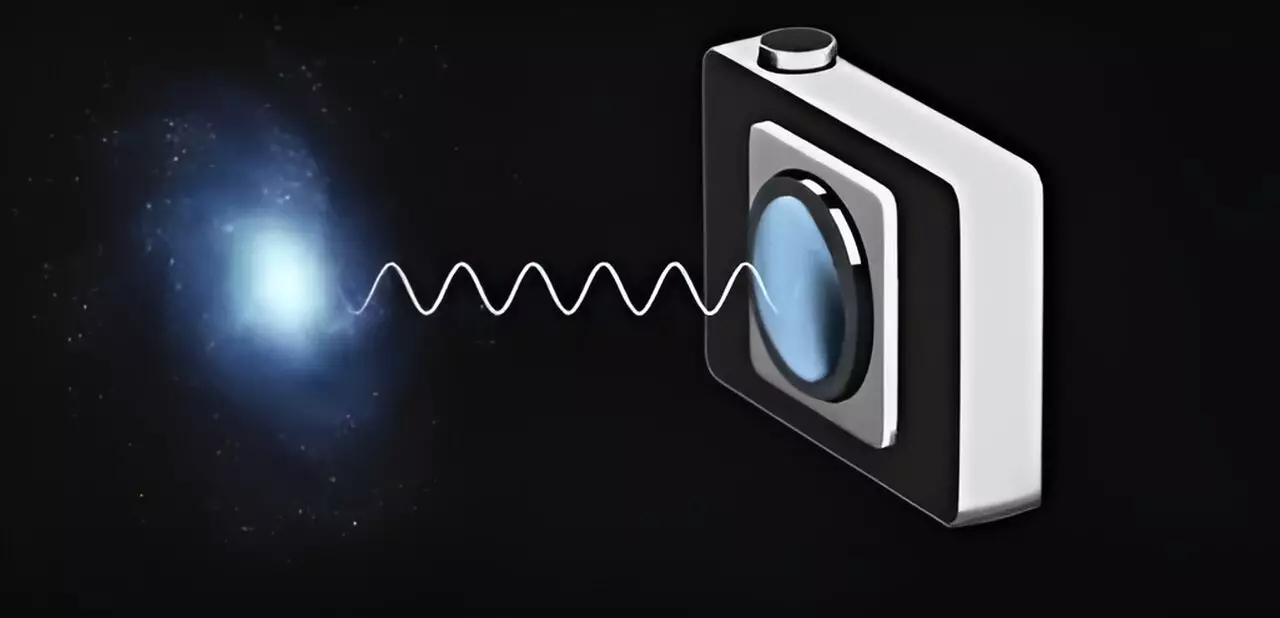The National Institute of Standards and Technology (NIST), in collaboration with NASA’s Jet Propulsion Laboratory and the University of Colorado Boulder, has successfully developed a ground-breaking superconducting camera. This extraordinary achievement has resulted in a camera with an unprecedented 400,000 pixels, which is 400 times more than any existing device of its kind. By integrating multiple pixels onto a limited number of readout wires, this groundbreaking technology has the potential to revolutionize scientific research, particularly in the fields of astronomy, neuroscience, and biomedical studies.
While the development of superconducting cameras capable of detecting single photons began over two decades ago, these devices have been limited to a few thousand pixels. The primary challenge in increasing the pixel count lies in connecting each individual pixel, which requires ultralow temperatures to function effectively, to its own readout wire. Individually connecting millions of pixels to the cooling system has been deemed practically impossible.
The NIST researchers, led by Adam McCaughan and Bakhrom Oripov, have cleverly overcome this obstacle by merging the signals from multiple pixels onto a small number of readout wires operating at room temperature. By harnessing the maximum critical current capacity of superconducting wires, a current just below the maximum threshold is applied to the sensors. When a photon strikes a pixel, it disrupts the superconductivity, causing the current to flow through a resistive heating element connected to the pixel. This shunted current generates an electrical signal that can be rapidly detected.
Drawing inspiration from existing technology, the NIST team constructed the camera using intersecting arrays of superconducting nanowires, forming multiple rows and columns resembling a tic-tac-toe game. Each pixel is defined by the specific row and column intersection, allowing the researchers to measure signals from entire rows or columns simultaneously. This significant advancement drastically reduces the number of readout wires required.
To optimize signal detection, two superconducting readout wires are positioned parallel to the rows and columns of pixels. When a photon strikes a pixel, it heats up a small portion of the readout wire, creating a hotspot. This hotspot generates two voltage pulses that travel in opposite directions along the readout wire, which are then detected at the wire’s ends. By measuring the time difference between the arrival of these pulses, the column in which the pixel resides is determined. The second superconducting readout wire parallel to the columns serves a similar function in identifying the pixel’s row.
The developed readout architecture has paved the way for rapid advancements in pixel count. In a matter of weeks, the number of pixels in the camera skyrocketed from 20,000 to an astounding 400,000. The researchers are optimistic about scaling up the readout technology for even larger cameras, potentially reaching tens or hundreds of millions of pixels. In the near future, the team aims to enhance the camera’s sensitivity, enabling it to capture virtually every incoming photon. This significant improvement will allow the camera to tackle various low-light endeavors, including imaging faint galaxies and planets outside our solar system, facilitating photon-based quantum computing, and contributing to transformative biomedical studies that leverage near-infrared light to explore human tissue.
The remarkable development of a superconducting camera with an unprecedented 400,000 pixels marks an extraordinary breakthrough in the field of imaging technology. The innovative approach of combining signals from multiple pixels onto a limited number of readout wires has overcome the challenges of expanding pixel count, opening up new avenues for scientific research and exploration. With the potential for further scalability and improved sensitivity, these superconducting cameras have the capability to revolutionize various fields of study and contribute significantly to our understanding of the universe and human biology.



Leave a Reply